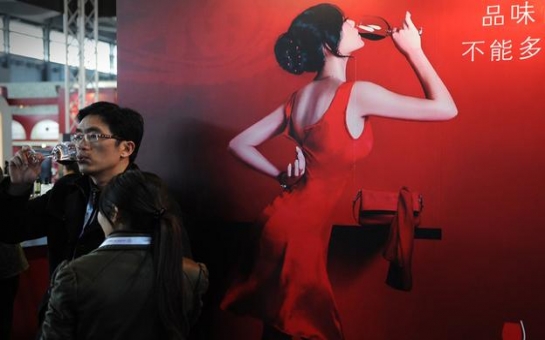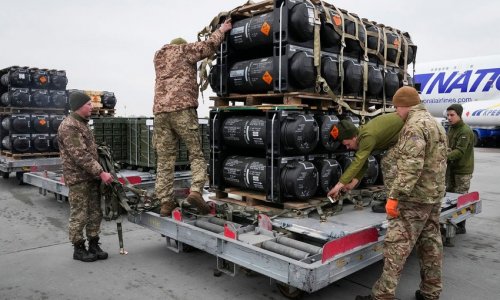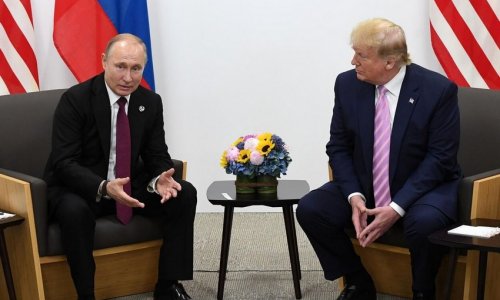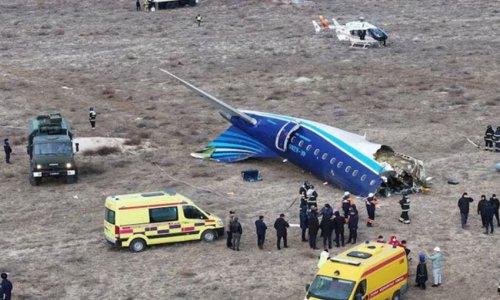Fine wine prices are still reeling from Chinese buyers souring on the market.Those buyers and others across southeast Asia helped lift prices to record highs back in late 2008. But since then, the market has experienced its toughest period on record, with traded prices―typically cases of wine― falling for a third consecutive year.According to London-based data analysis firm, Liv-ex, which tracks wine prices for professional investors around the globe, the market fell 15% in 2011, followed by a 9% decline in 2012. Although in 2013, the market saw only a 1.4% dip.The fine wine market, estimated to be worth several billion dollars annually, remains dominated by the big household names ―Bordeaux, Burgundy and Champagne― and attracts both drinkers and investors. Indeed wine analysts say how important both consumption and investment demand are in driving prices up or down. While the attractions for consumers are obvious, what draws investors in to the sector are a history of double digit returns and another way of diversifying their investments.Chateau Lafite Rothschild was the poster child of this China boom with even “poor vintages” soaring to around £8,000 ($13,000) a case from around £2,500 ($4,125) before the Chinese started entering the market in 2008, according to Justin Gibbs, co-founder of Liv-ex. Prices paid by an investor today for similar vintages have now settled back to around £5,000 ($8,250) a case, he said. Even so, over the last 30 years wine has produced 12% compound annual returns according to Liv-ex.“Ultimately wine is a play on global growth,” said Gibbs. “As people get richer they consume more fine wine.”With global wealth generally on the rise, wine analysts expect prices to resume their upward trend later in 2014. Even so, that trend will be fuelled not by Chinese investors.Few expect the Chinese to return in their droves – many stopped buying in mid 2011 put off by a proliferation of fake wines filtering through to the market and the beginnings of a crackdown on giving wine as corporate gifts by a new government. Wine experts say the next big buyers of fine wine will likely come from India, Africa or possibly even South America.In previous decades, when major regions entered the fine wine market it led to a bull-run for prices. Buyers from the United States in the 1960s and '70s helped send prices up around six-fold in the 15 years to 1975.And from the beginning of the 1990s to the peak of the market in October 1997, buyers from Japan helped usher in more dramatic price increases of around 24%annually.Buying smartThere are two primary ways of investing in wine: buying actual cases or bottles and storing them until sale or simply putting money into wine funds. Fine wine expert Matthew Tipping of London-based wine merchant Berry Brothers and Rudd said investors who buy wine directly should ensure that it is stored professionally to maintain its value (you will pay, typically, £12 to £15 or $20 to $25 per year, to store a case).Look for a wine merchant with a long history and ensure the wine is stored in your own name, offering protection for the investment should the merchant go bust. Tipping also recommends buying and holding full cases; selling individual bottles can significantly reduce value.Also, keep in mind you will also incur transaction costs (private buyers will typically face spreads of 10% to15% on sought after wine cases, even higher on less mainstream stock). The main exit routes for investors are selling via auction or through a merchant or wine broker. For those looking to buy wine to store and later sell, the key is choosing the right region, maturity, vintage and wine grower, according to wine fund managers and analysts.Wine funds can offer the advantage that they allow people with more modest sums to invest a greater diversification across vintages, regions and growers and hence less volatile performance. These investors also gain access to an investment professional who is constantly monitoring prices and selecting wines they hope will outperform the wider market.Tipping, of Berry Brothers — which has traded wine since 1698 — said that 18 months ago, around 90% of the investing and trading market was purely in Bordeaux wines. The remainder was made up largely of Champagnes, Burgundies and so-called 'Super Tuscans', a label for more forward thinking wines from the Chianti region, said Tipping, which means the producers adopt more flexible rules for blending wine varieties and grapes.Today Bordeaux trading has fallen to just 78% of the entire market for trading as investors have switched to other varieties such as Burgundy, according to Liv-ex. This is an unusually low figure and has seen Bordeaux prices sink 30% from their peak in June 2011. Some wine investors, however, predict this year could see Bordeaux return to favour, opening an opportunity for savvy buyers.This type of volatility is problematic, though, for the average investor, and highlights the risks of wine investing in the medium term, although many wine experts continue to extol the virtues of the asset class as a longer-term diversification tool for conventional share and bond investment portfolios.Over shorter periods of two to three years or less, wine as an asset class displays remarkable correlation with stock markets according to Liv-ex's Gibbs. Since 2011, fine wines have closely tracked the Shanghai Composite index for example, China's main equity benchmark, Gibbs added.While wine has displayed an even closer correlation with Japanese equities, said Chris Smith, investment manager at the London-based Wine Investment fund, which holds around $50m of stock. Since 2008, wine prices have closely tracked Japan's Nikkei stock market index, he said, with only small signs of diversion over the last year.This close correlation may be a sign of the country's continued influence on the fine wine market globally. After the UK, Japan remains one of the biggest buyers of fine wines in the world and Tokyo has more Michelin-starred restaurants than London, Paris and New York combined, Smith said.Some investors are betting that quantitative easing initiatives in the UK, US and Japan, will herald a return to inflation and could also impact wine pricing. They believe global markets are yet to feel the full force of the extra dollars pumping extra liquidity in to the economy which could lead to a delayed reaction and the return of inflation. At which point inflation-busting asset classes such as gold – and wine – would likely return to favour. While a nightmare for central bankers, this scenario would likely favour fine wines “starting investors looking to inflation proof assets,” Smith says.Gibbs of Liv-ex is full of optimism on the wine market, but he said it might take longer for other merchants to feel safe investing in the market in a big way again. Many wine investors are still licking their wounds following the sharp correction experienced over the last few years. Gibbs concedes: “you won't find many optimistic merchants out there”.(BBC)ANN.Az
The Chinese wine hangover
World
11:15 | 22.02.2014

The Chinese wine hangover
Is 2014 the year wine merchants and investors are finally able to snap up bargain bottles of excellent vintages? It’s a question many are asking after what wine market experts describe as a clear plateau for prices.
Follow us !










